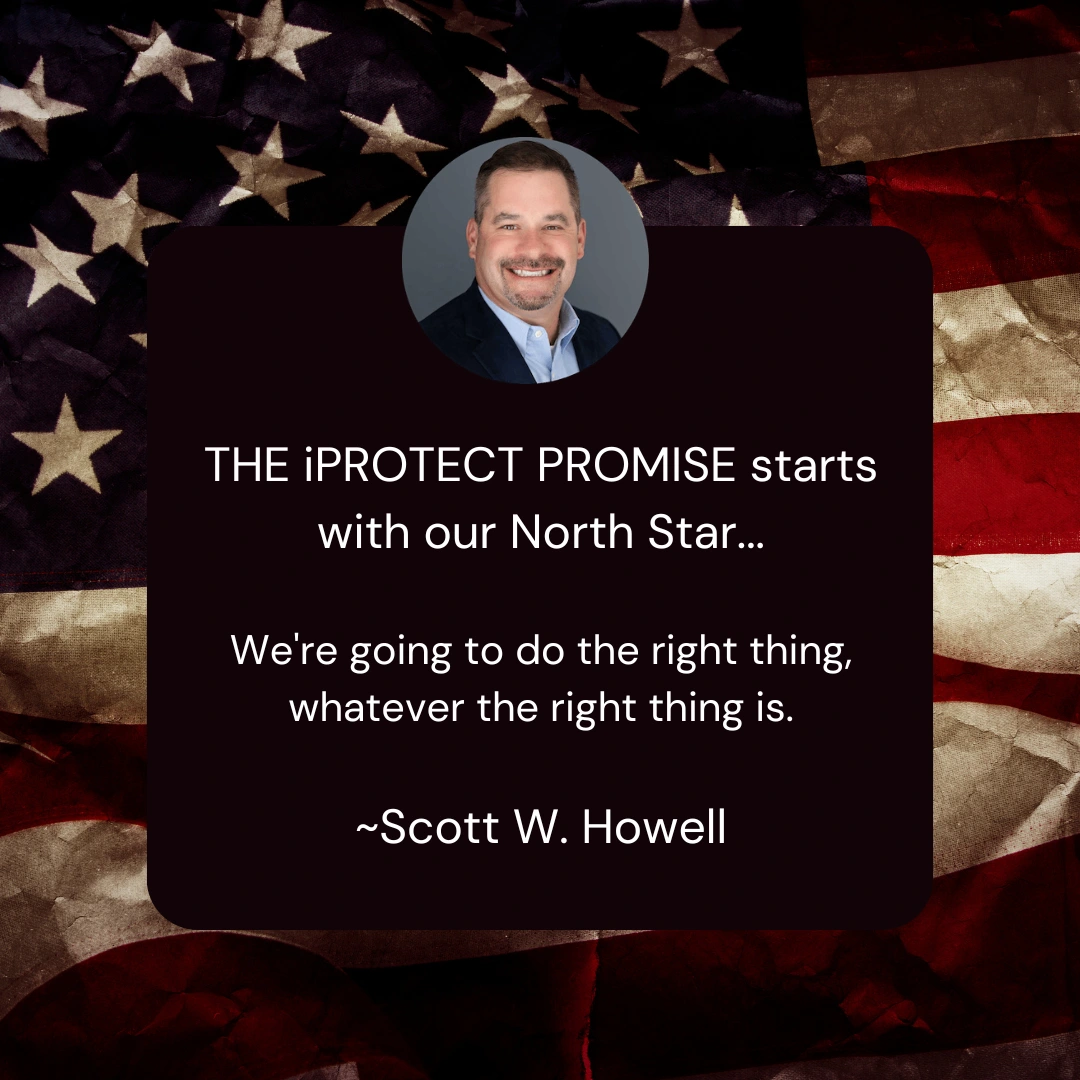


Natural disasters can strike without warning, leaving behind devastating financial and emotional impacts. From hurricanes and wildfires to floods and earthquakes, the costs of recovery often overwhelm those who are unprepared. That’s where natural disaster preparedness insurance plays a vital role in protecting your home, assets, and peace of mind.
In this post, we’ll explore how this type of insurance can shield you from unexpected losses, what to consider when choosing a policy, and the steps you can take to ensure your coverage aligns with your specific needs. With the right preparation, you can reduce the risks and recover faster when disaster strikes.
Natural disaster preparedness insurance is designed to help individuals and businesses recover from the financial impact of events such as hurricanes, tornadoes, wildfires, earthquakes, and floods. While coverage varies by policy and provider, it often includes:
However, it’s important to understand what may be excluded from your policy. For example, standard homeowner’s insurance may not cover flooding or earthquakes unless supplemental coverage is added. Knowing these limitations is key to avoiding surprises when filing a claim.
The financial consequences of being underinsured or uninsured can be devastating. According to recent studies, the cost of natural disasters in the United States has risen dramatically, with billions of dollars in damages annually. In 2023 alone, uninsured disaster losses accounted for nearly half of the total damages. Having natural disaster preparedness insurance in place can mean the difference between recovering quickly and facing years of financial hardship.
By understanding the scope and value of this insurance, you can take the first step toward building a secure future.
Before purchasing natural disaster preparedness insurance, it’s crucial to evaluate the likelihood of disasters in your area. Different regions face unique risks—coastal areas are prone to hurricanes, while others may contend with wildfires or earthquakes. Tools like FEMA’s Flood Map Service Center and state-specific hazard assessments can help you understand the threats in your location. By identifying your risks, you can focus on securing coverage tailored to your specific needs.
When comparing policies, pay close attention to the following aspects:
Many homeowners make errors that leave them vulnerable during a disaster. Some of the most common include:
By carefully selecting the right policy, you’ll be better prepared to handle unexpected events and protect your financial future.
One of the most important steps in preparing for a natural disaster is reviewing your current insurance policy. Take the time to verify that your coverage is up to date and comprehensive. Pay close attention to:
If you’re unsure whether your existing policy meets your needs, reach out to your insurance provider for clarification and guidance.
A detailed home inventory is an invaluable tool for both disaster preparedness and the claims process. To create one:
Store this information in a secure, easily accessible location—such as a cloud-based storage service—so it’s safe even if your home is damaged.
Having a clear understanding of your policy and the claims process is essential before disaster strikes. Ask your insurance provider these key questions:
Building this relationship with your provider can help you act swiftly and confidently in the aftermath of a disaster.
By taking these proactive steps, you’ll not only safeguard your financial well-being but also reduce stress and uncertainty during a crisis.
In the aftermath of a natural disaster, filing an insurance claim quickly and accurately is crucial. Start by taking these immediate steps:
Once your claim has been submitted, the insurance provider will guide you through the following steps:
Sometimes, claims can be delayed or denied. If this happens:
Being prepared and proactive during the claims process can make a challenging time more manageable and help you recover faster with the support of your natural disaster preparedness insurance.
While natural disaster preparedness insurance provides crucial financial protection, it’s just one part of a comprehensive disaster readiness plan. Combining insurance with practical, long-term preparedness measures can greatly reduce risks and improve outcomes.
An emergency kit can be a lifesaver during and after a natural disaster. At a minimum, your kit should include:
Every household should have a clear, well-communicated evacuation plan. Steps include identifying routes, setting meeting points, and practicing.
Reinforce homes, elevate utilities, or trim landscaping to prepare long-term.
Natural disaster preparedness insurance is an essential safeguard that protects your home, finances and provides peace of mind during a crisis. By combining it with thorough preparation, you’ll be equipped to face challenges confidently and recover effectively.